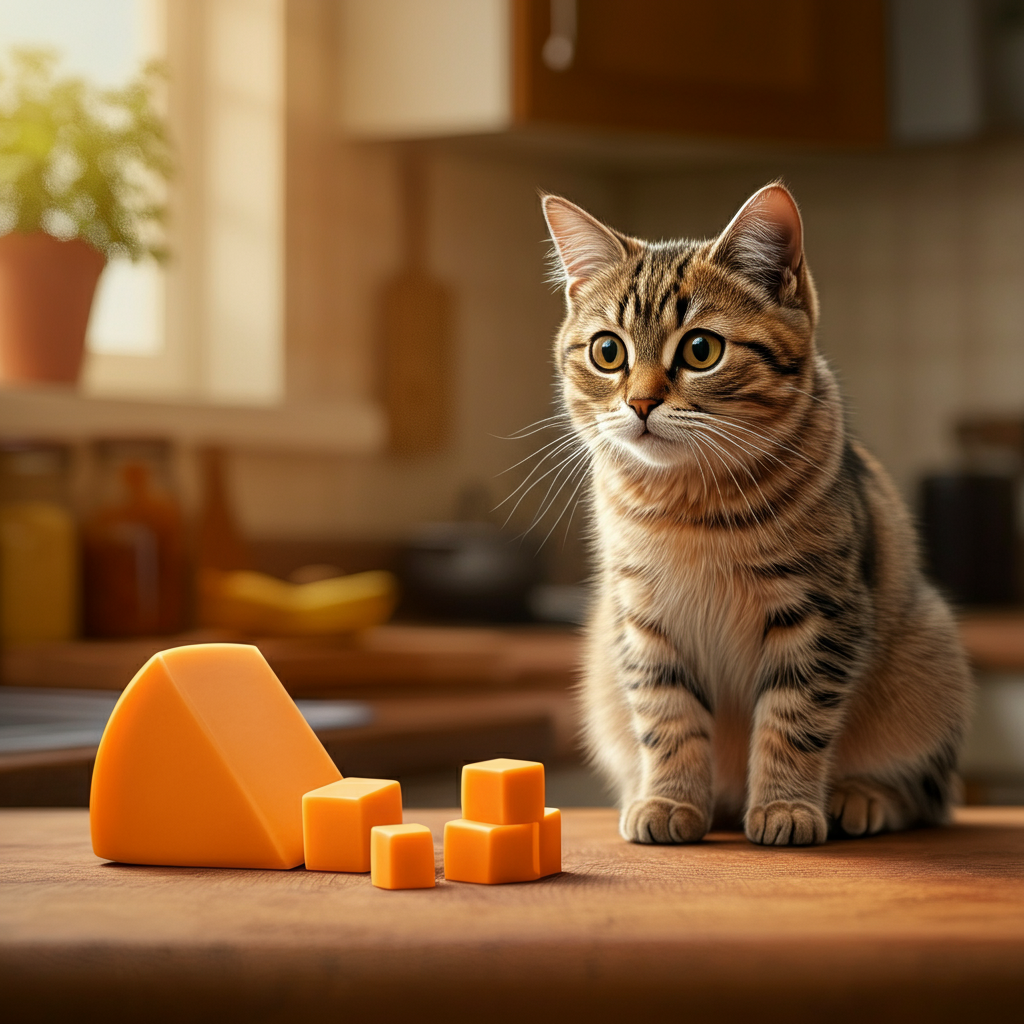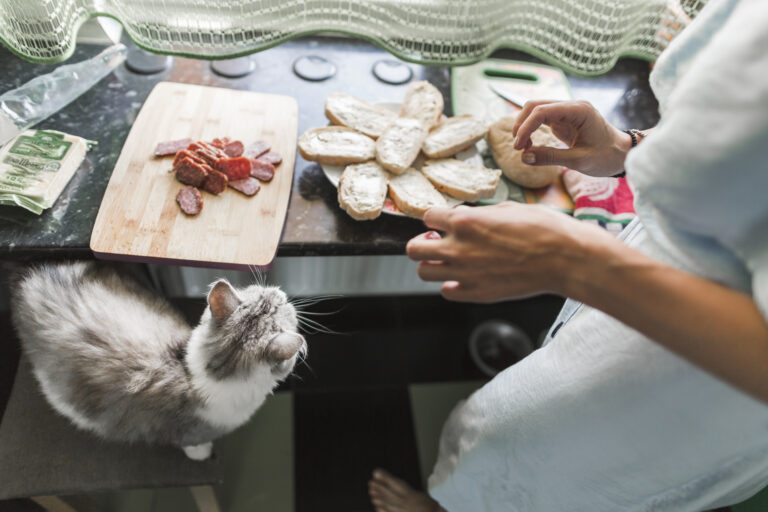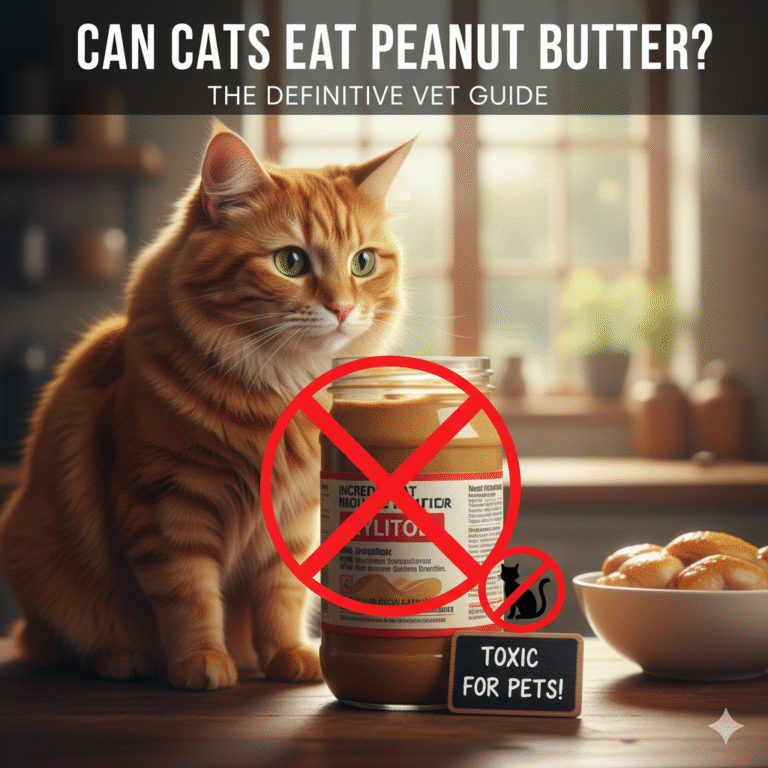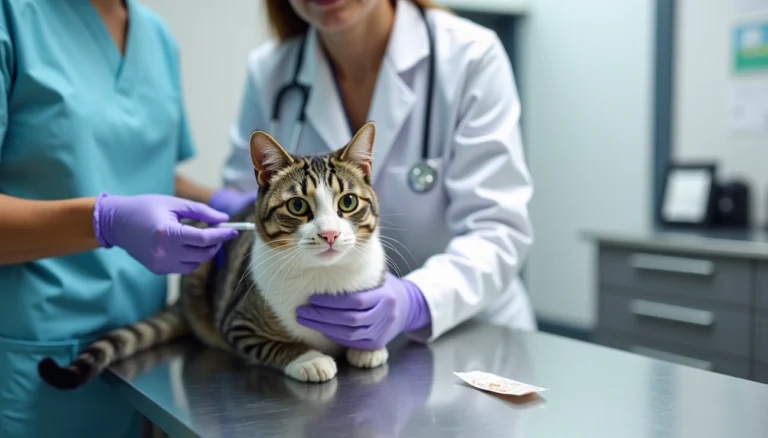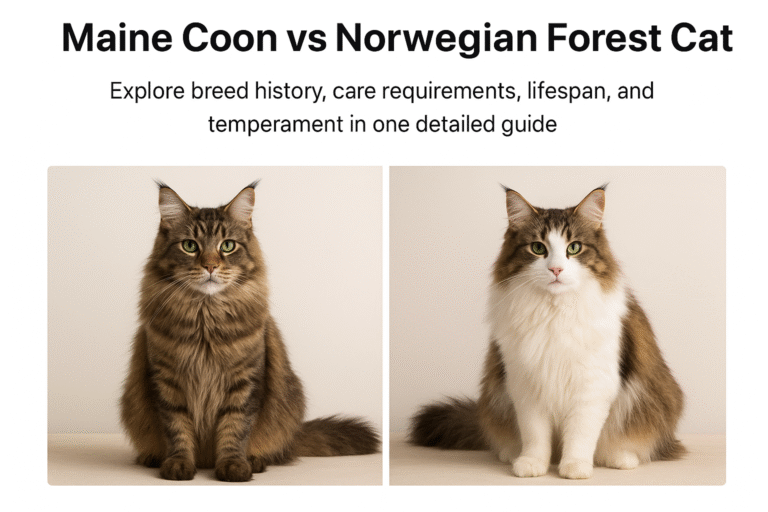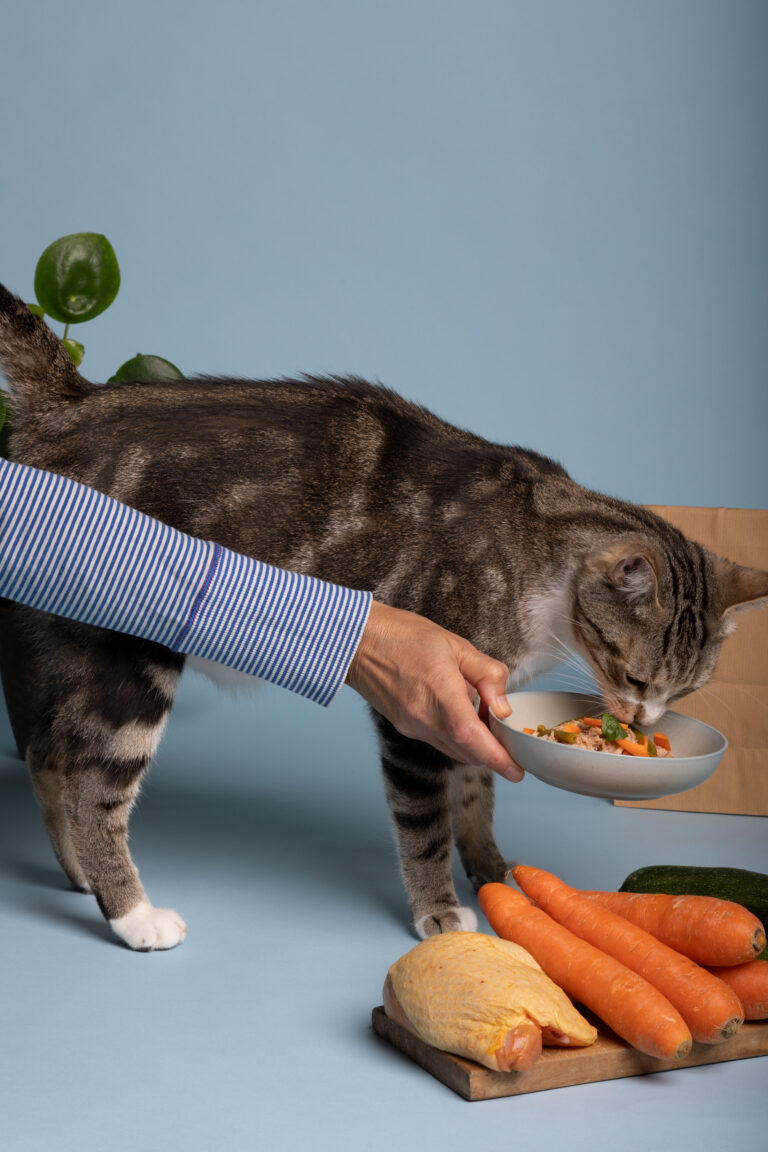Can Cats Eat Cheese? A Complete Guide for Cat Owners
Many cat owners have seen it: you open a slice of cheese, and suddenly your feline friend is right there, staring with wide, hopeful eyes. It’s a classic image, often seen in cartoons and movies—a cat lapping up a bowl of milk or nibbling on cheese. But is this scene based in reality, or is it a dietary disaster waiting to happen? Can cats eat cheese safely?
The short answer is yes, but with significant caution. While a tiny piece of cheese is not toxic to cats, it’s not an ideal treat. Most adult cats are lactose intolerant, and cheese is often high in fat and calories, which can lead to health problems.
This comprehensive guide will explore everything you need to know about feeding cheese to your cat. We’ll cover the nutritional aspects, the risks of lactose intolerance, which cheeses are safer options, and which to avoid entirely. We’ll also discuss portion sizes, what to do if your cat eats too much, and healthier alternatives to keep your furry companion happy and healthy. By the end of this post, you’ll have all the information you need to make an informed decision for your pet.
The Nutritional Value of Cheese for Cats

At first glance, cheese might seem like a decent treat. It contains protein and calcium, both of which are essential components of a cat’s diet. Protein is crucial for muscle development and overall body function, while calcium supports strong bones and teeth.
However, the potential benefits are often outweighed by the drawbacks. The primary concerns with cheese are its high fat and calorie content. For a typical 10-pound cat, even a small, one-inch cube of cheddar cheese is equivalent to a human eating two and a half cheeseburgers in one sitting. This high caloric density can easily lead to weight gain and obesity, which is a growing problem in domestic cats and can contribute to serious health issues like diabetes and arthritis.
Furthermore, the type of protein found in cheese (casein) is not the same as the meat-based proteins that obligate carnivores like cats are designed to digest. While they can process it, it’s not the optimal source of protein for their needs.
Disclaimer: This article is for informational purposes only and is not a substitute for professional veterinary advice. Always consult with your veterinarian before introducing new foods into your cat’s diet.
The Truth About Cats and Lactose Intolerance
The biggest hurdle when it comes to cats and dairy products is lactose intolerance. Kittens produce an enzyme called lactase, which helps them break down lactose, the sugar found in their mother’s milk. However, as they are weaned and mature into adults, their bodies produce significantly less lactase.
This means that most adult cats cannot properly digest lactose. When an adult cat consumes a dairy product like cheese, the undigested lactose travels to the intestines, where it ferments. This fermentation process can cause a range of uncomfortable digestive issues.
Signs of Lactose Intolerance in Cats
If your cat is lactose intolerant and eats cheese, you might notice the following symptoms within 8 to 12 hours:
- Diarrhea
- Vomiting
- Gas and bloating
- Abdominal pain and cramping
- Increased litter box visits or accidents
The severity of these symptoms depends on the amount of cheese consumed and the individual cat’s level of intolerance. Because a large majority of adult cats are lactose intolerant, it’s best to be cautious with all dairy products.
Which Cheeses Are Safer for Cats?

If you decide to offer your cat a small taste of cheese, and you know they don’t have a dairy allergy or severe lactose intolerance, some types are better than others. Hard, aged cheeses are generally safer options because the aging process breaks down much of the lactose.
Here are some cheeses that are lower in lactose and can be given in very small amounts:
- Cheddar: A hard cheese with relatively low lactose content.
- Swiss: Another hard cheese that is a safer bet for a tiny treat.
- Parmesan: This aged cheese has very little lactose, but it’s high in sodium, so moderation is key.
- Gouda: A firm cheese that is also lower in lactose.
- Provolone: While often found in string cheese (which can be a choking hazard), provolone itself is a firmer cheese with less lactose.
Remember, even these “safer” cheeses are still high in fat and calories. They should only be offered as a rare treat.
Cheeses Your Cat Should Avoid
Just as some cheeses are safer, others pose a much higher risk due to their high lactose content. Soft, fresh cheeses are the main culprits and should be avoided.
These cheeses include:
- Cream Cheese: As a soft, unaged cheese, it is high in both lactose and fat, making it a double threat for digestive upset. According to Petcroops.com, its high fat content can cause digestive issues and even trigger pancreatitis in susceptible cats. So, if you’re wondering, can cats eat cream cheese, the answer is a firm no.
- Cottage Cheese: While some might think can cats eat cottage cheese is a different question, it falls into the same category. It’s high in lactose and can cause gastrointestinal distress.
- Mozzarella: This popular soft cheese, often found in string cheese, is high in lactose and should be avoided.
- Brie and Camembert: These creamy, soft-ripened cheeses are rich in fat and lactose.
- Blue Cheese: Cheeses with mold, like Stilton or Gorgonzola, can be dangerous. The mold can produce mycotoxins that may be harmful to cats.
- American Cheese: This is a processed cheese product, not a natural cheese. It’s very high in sodium, fat, and other additives that are unhealthy for cats.
Additionally, any cheese containing ingredients like garlic, onions, or chives is toxic to cats and must be avoided at all costs.
How Much Cheese is Safe for My Cat?
When it comes to feeding your cat cheese, moderation is everything. If you choose to offer it as a treat, the amount should be extremely small.
A safe portion size is no more than a dice-sized cube, broken into smaller pieces to prevent choking. This should be an occasional treat, offered only once or twice a week at most.
Treats, including cheese, should not make up more than 10% of your cat’s total daily caloric intake. For most cats, that dice-sized piece of cheese will meet or exceed this limit, so no other treats should be given on that day.
What to Do if Your Cat Eats Too Much Cheese
Accidents happen. Your cat might sneak a piece of cheese off the counter or a well-meaning guest might offer them a slice. If your cat eats more than a tiny amount of cheese, the first step is not to panic.
For a healthy adult cat, eating a small amount of cheese will likely result in some mild digestive upset, such as diarrhea or gas. In this case, monitor your cat closely for the next 24-48 hours. Ensure they have access to fresh water and their litter box. If the symptoms are mild and resolve on their own, there’s usually no need for further action.
However, you should contact your veterinarian immediately if you notice any of the following:
- Severe or persistent vomiting or diarrhea
- Signs of extreme abdominal pain (e.g., crying out, hunched posture)
- Lethargy or refusal to eat
- Signs of dehydration (e.g., dry gums, sunken eyes)
It’s especially important to be proactive if your cat has an underlying health condition. The high fat and sodium content in cheese can be particularly dangerous for cats with:
- Kidney disease: High sodium can worsen this condition.
- Diabetes: The high calorie content can interfere with blood sugar regulation.
- Pancreatitis: High-fat foods are a known trigger for this painful and serious condition.
- Weight management issues: Cheese can easily derail a weight loss plan.
If your cat has any of these conditions, call your vet for advice, even if symptoms haven’t developed yet.
Healthier and Safer Treat Alternatives for Cats
Given the risks associated with cheese, it’s often better to choose treats that are specifically formulated for cats or are naturally safer for them to consume. There are many great alternatives that your cat will love just as much.
Here are some healthy alternatives to cheese:
- Commercial Cat Treats: There is a huge variety of treats on the market designed to be nutritionally balanced for cats. Look for low-calorie options or freeze-dried meat treats.
- Cooked Chicken or Fish: Small, boneless, and unseasoned pieces of cooked chicken, turkey, or fish are excellent high-protein treats.
- Plain Yogurt: A very small amount of plain, unsweetened yogurt can be a safe treat. Some yogurts contain probiotics that can aid digestion. Look for lactose-free options if possible.
- Pumpkin Puree: A teaspoon of unsweetened pumpkin puree (not pie filling) is high in fiber and can help with digestive health.
- Meat-Based Baby Food: Ensure it does not contain any onion or garlic powder, as these are toxic to cats.
Transitioning your cat to healthier treats can be simple. Offer them in the same way you would offer cheese—as a special reward. Most cats will happily accept a piece of cooked chicken or a tasty commercial treat.
The Final Verdict on Cheese for Cats
So, while the image of a cat enjoying a piece of cheese is charming, the reality is more complicated. Can cats eat cheese? Yes, in tiny, infrequent amounts, but it’s far from the best choice. The risks of digestive upset from lactose intolerance and the high fat and calorie content make it a treat that should be given with extreme caution.
Your cat’s health and well-being should always be the top priority. By opting for safer, healthier alternatives, you can still share special moments and treats with your feline friend without compromising their health. Always monitor your cat after introducing any new food and consult your veterinarian if you have any concerns about their diet or health.
Meta Data
Meta title
Can Cats Eat Cheese? A Vet-Approved Guide for Owners
Meta description
Wondering if cats can eat cheese? This guide covers the risks, safe cheeses, portion sizes, and healthier alternatives to keep your cat safe and healthy.
